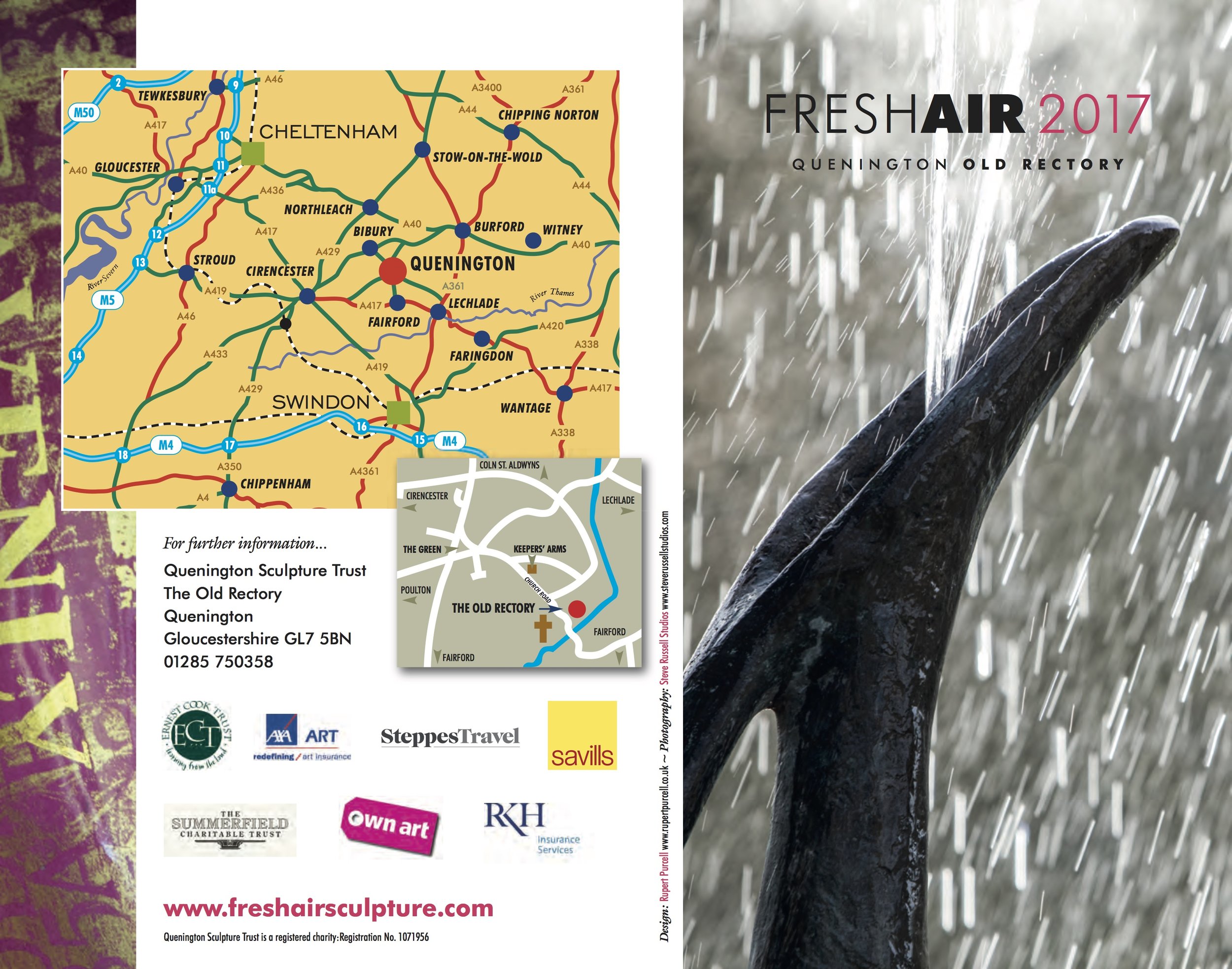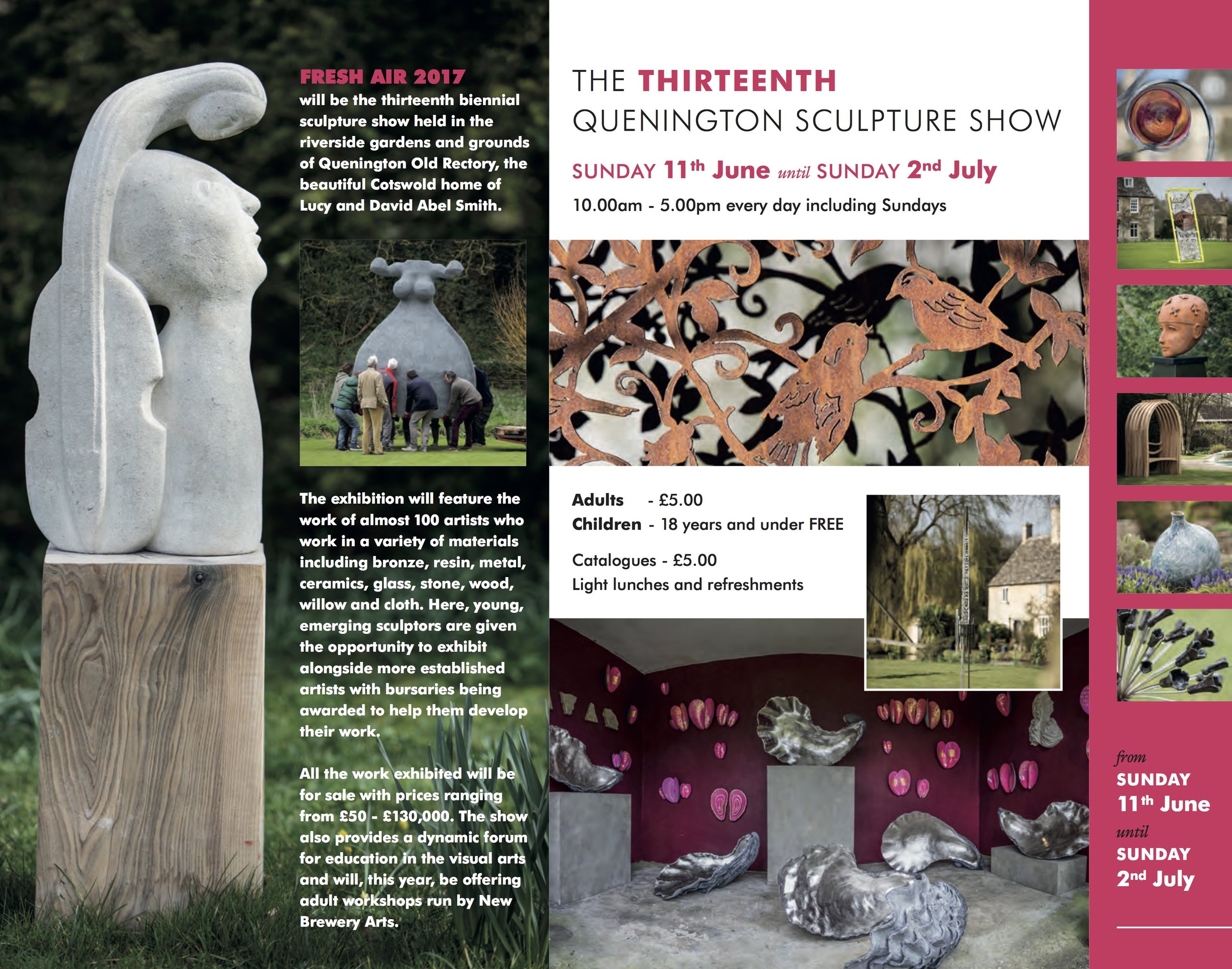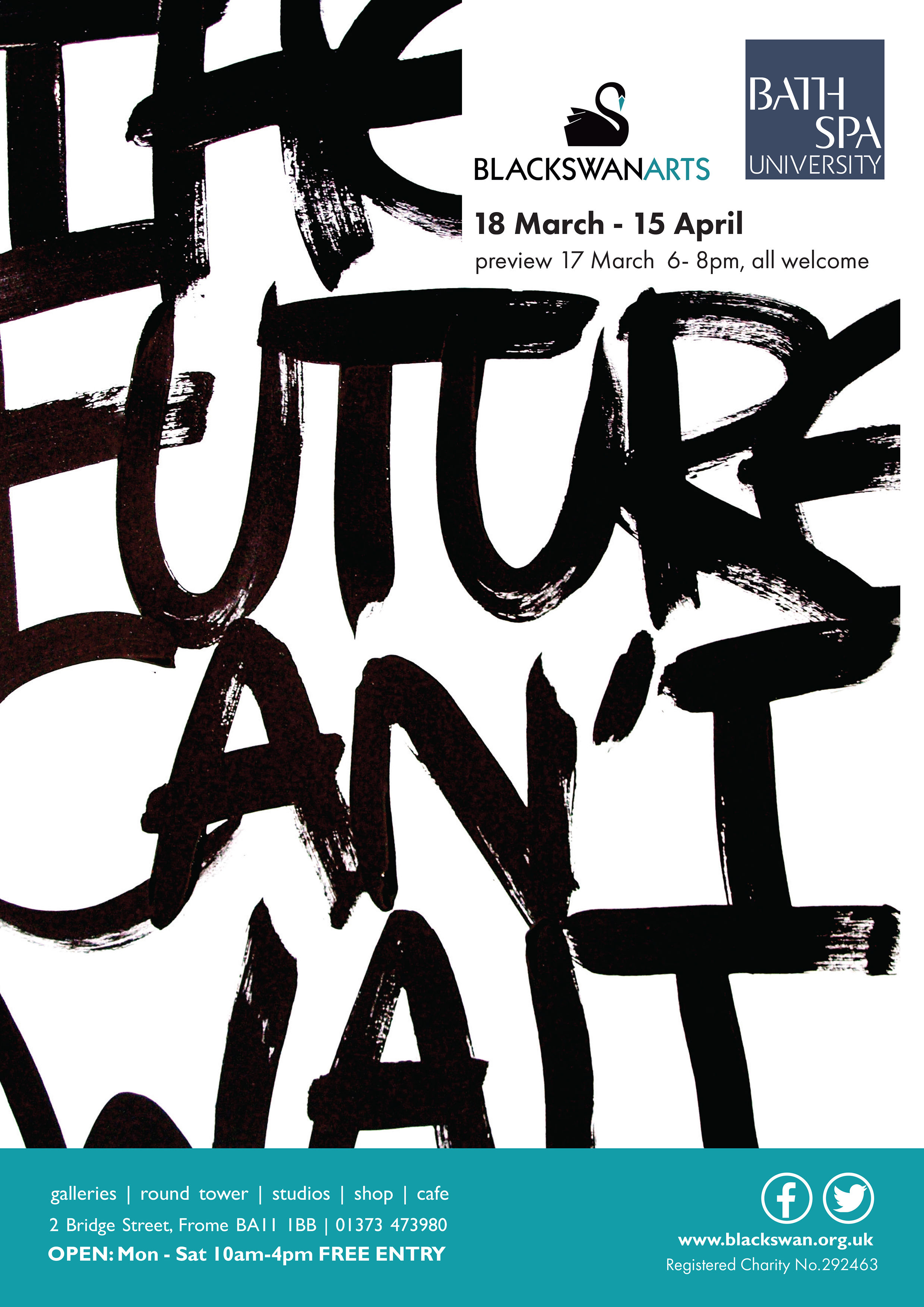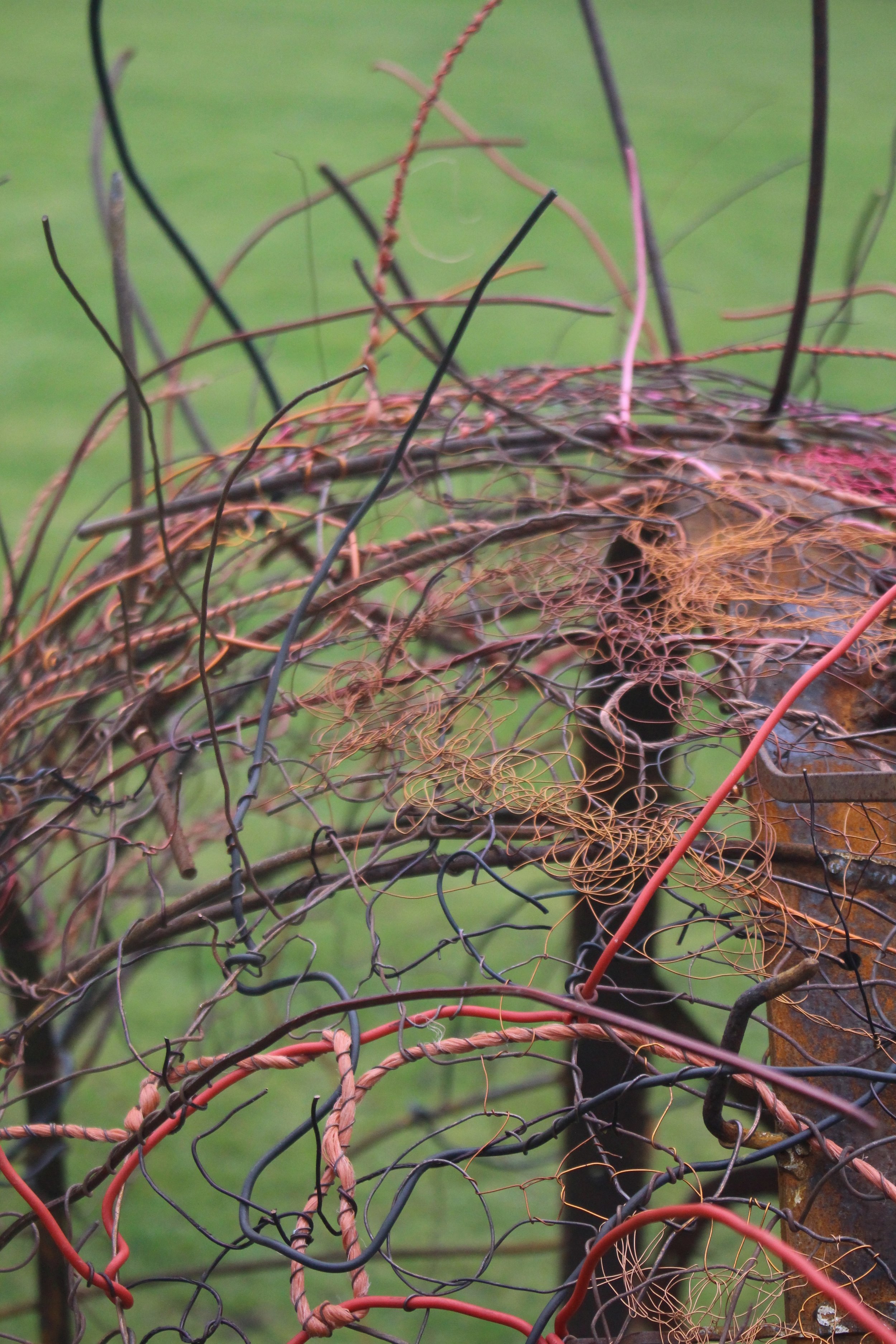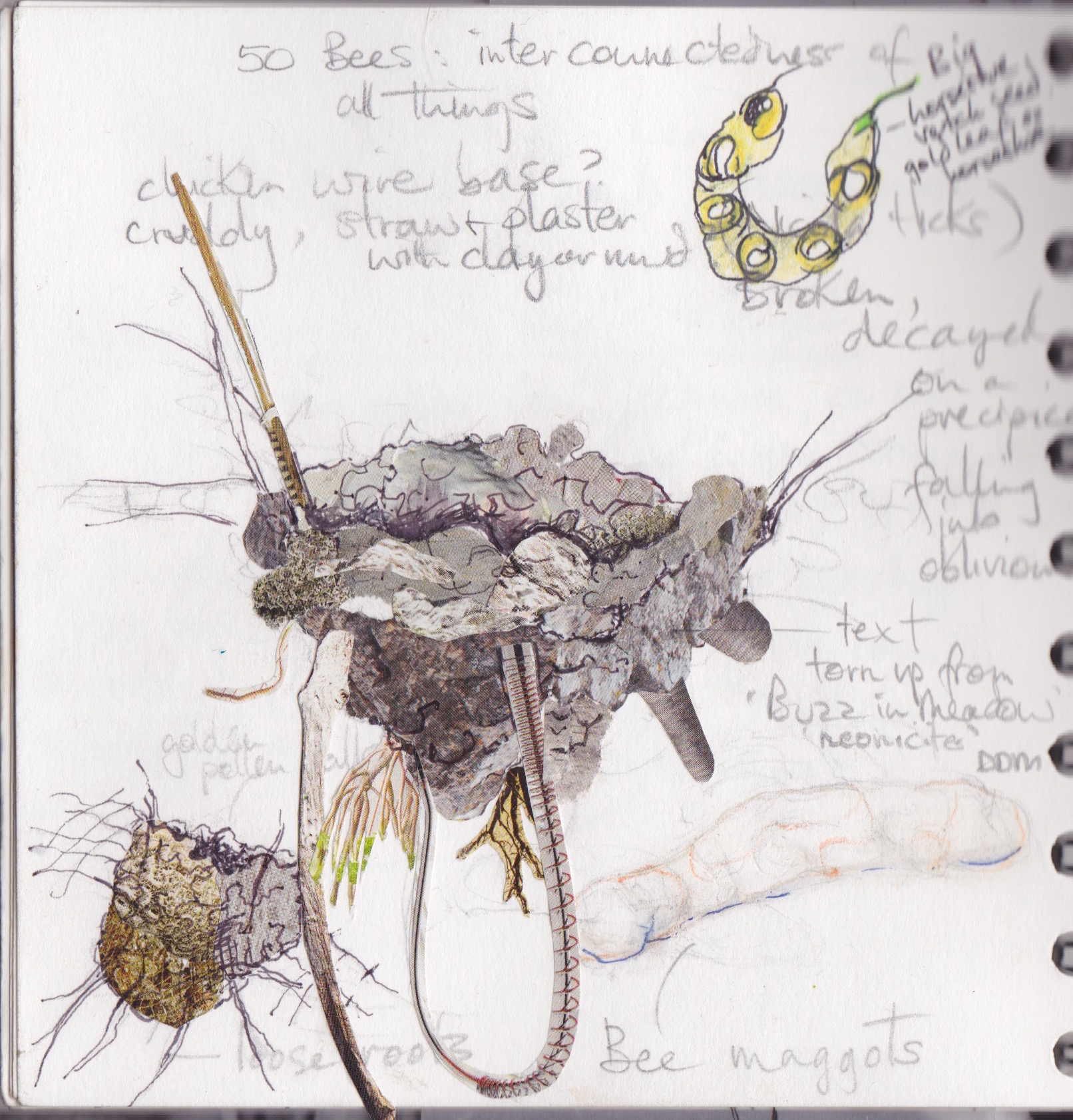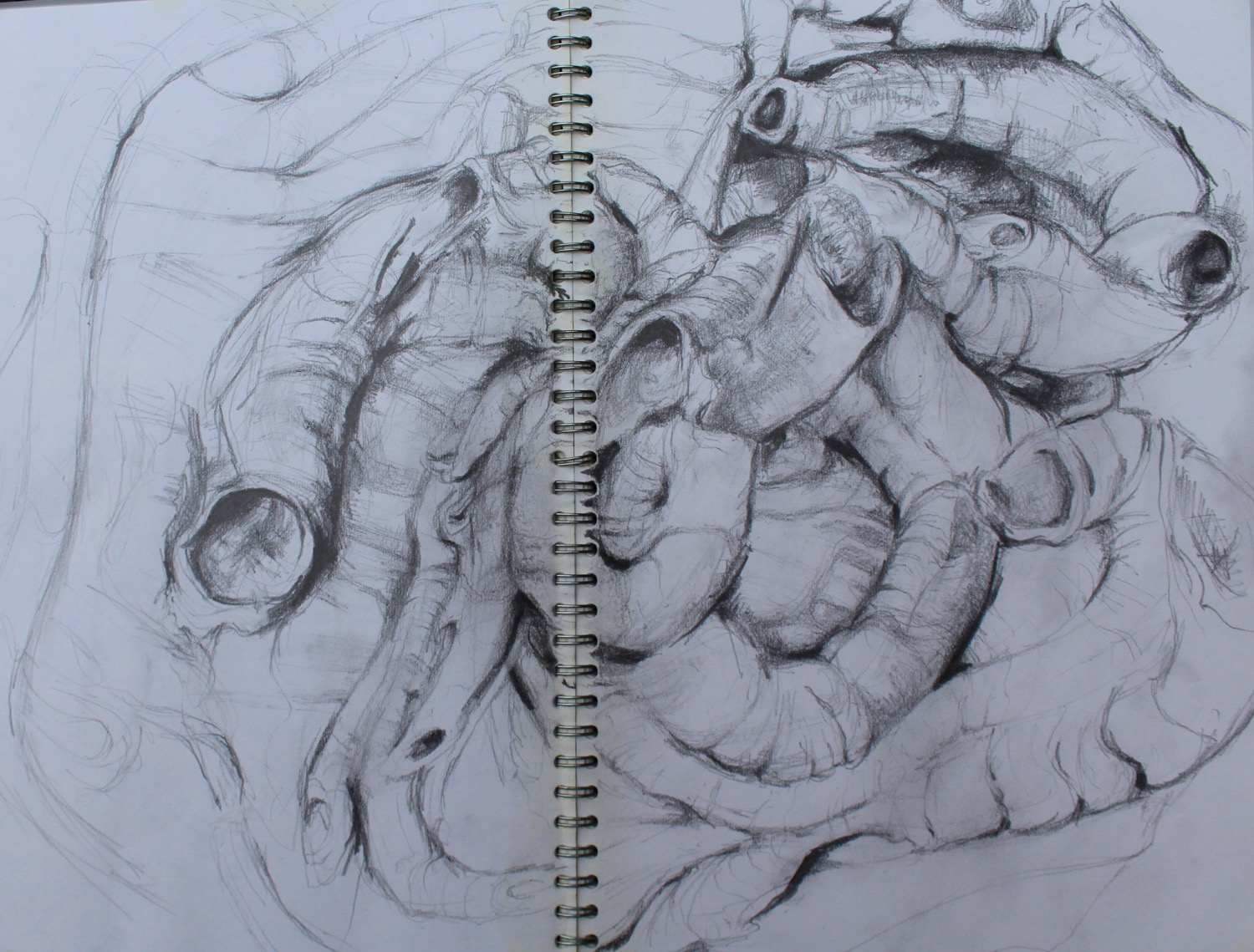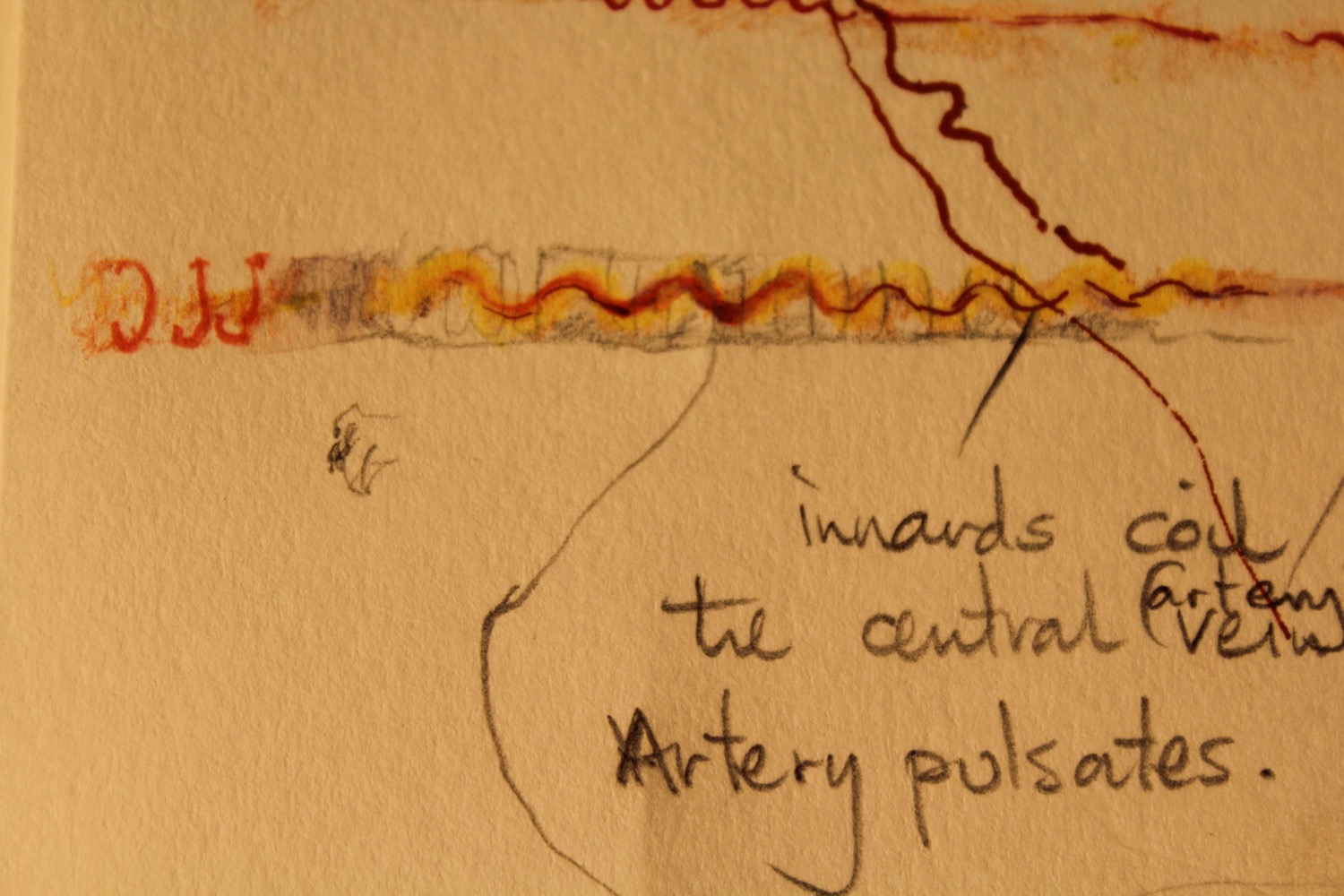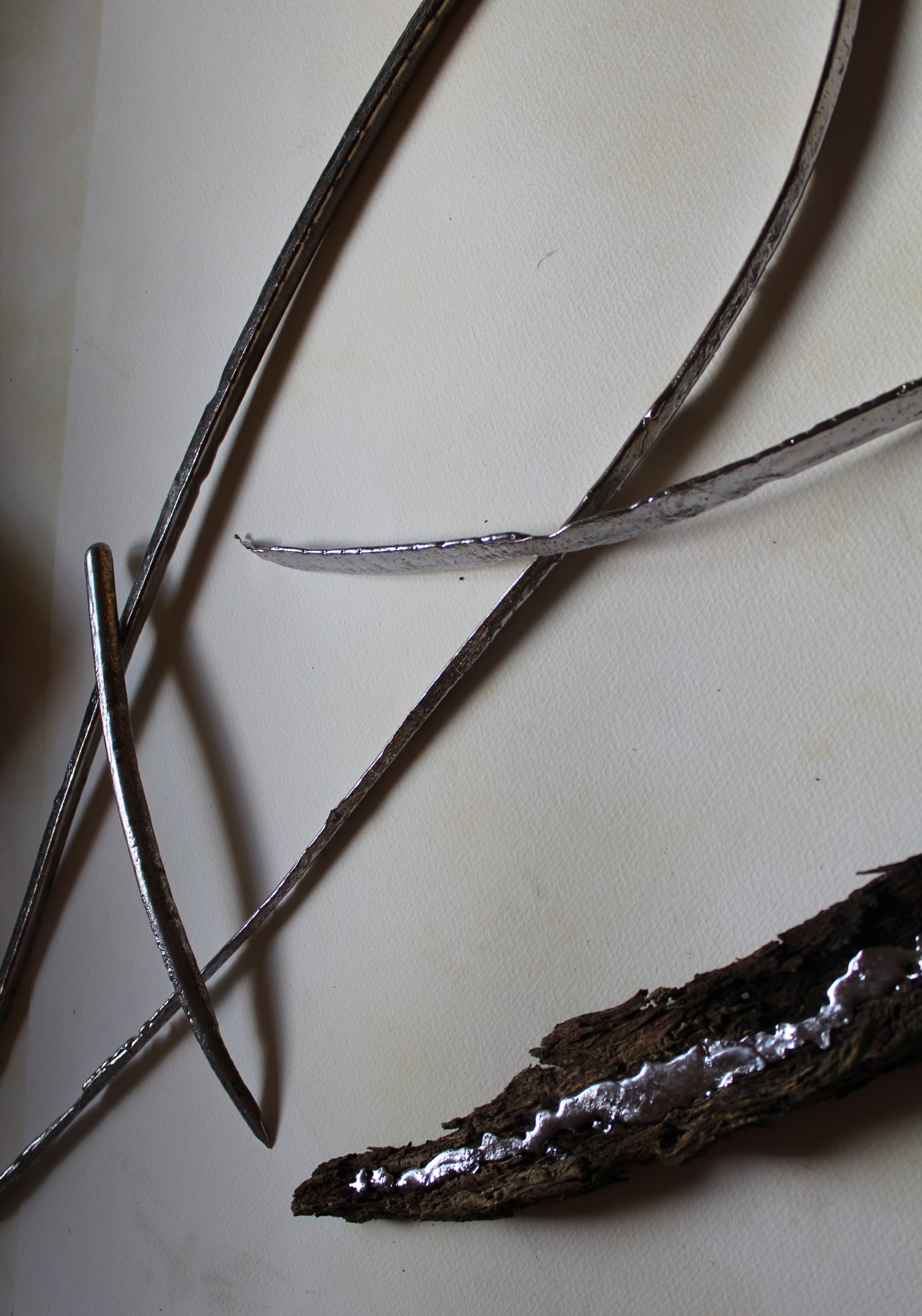My part-time MFA course at Bath Spa Uni continues to challenge and broaden my art practice, taking it in new directions which I am finding exciting! Recent work has resulted in an immersive installation piece (images above) for the MA Degree Show, Bath School of Art & Design, Sion Hill, Bath, BA1 5SF, 23 – 27 Sept, 10am-5pm. Private View 22 Sept 6-9pm. This will be an interim show for me, being my first year of two.
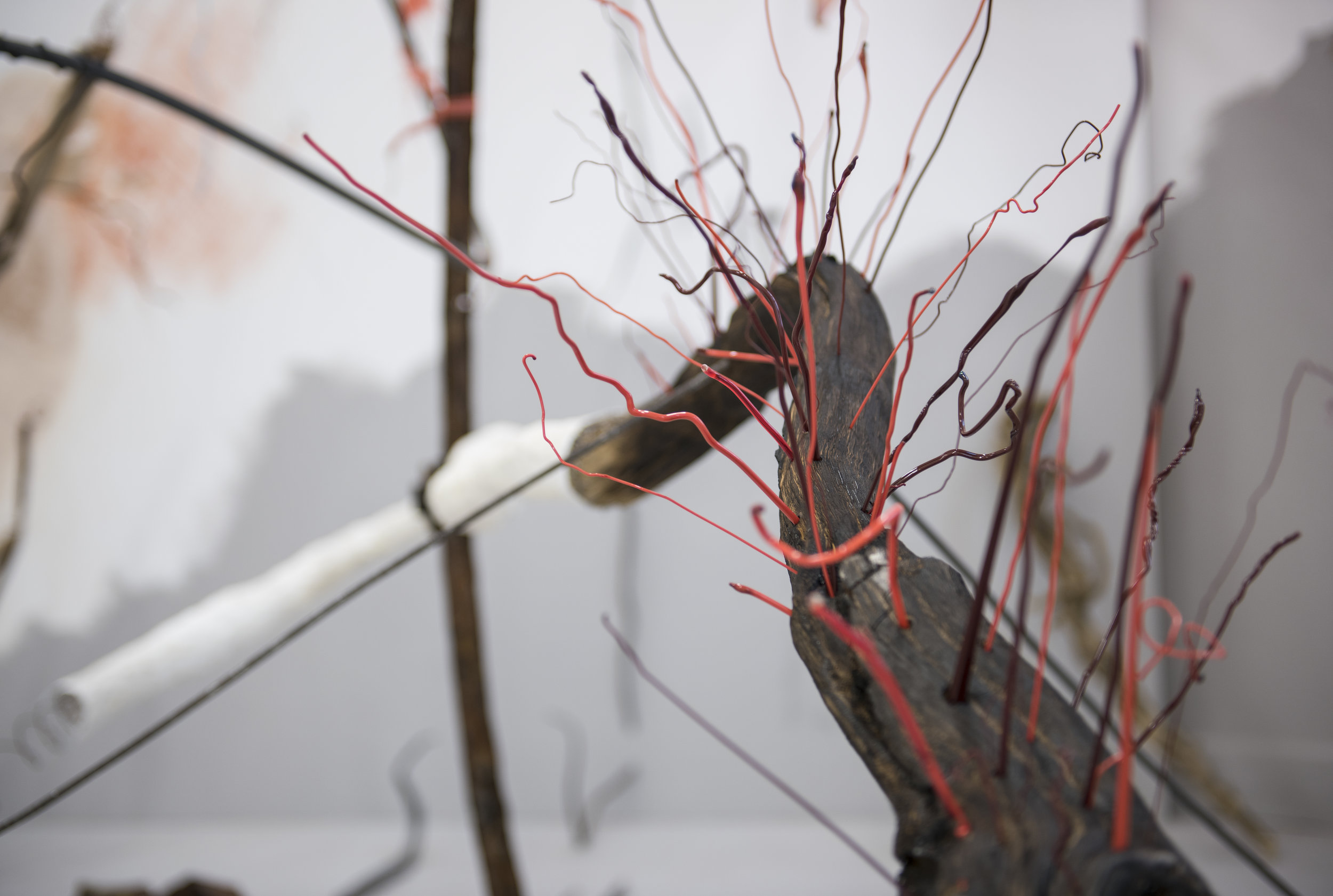
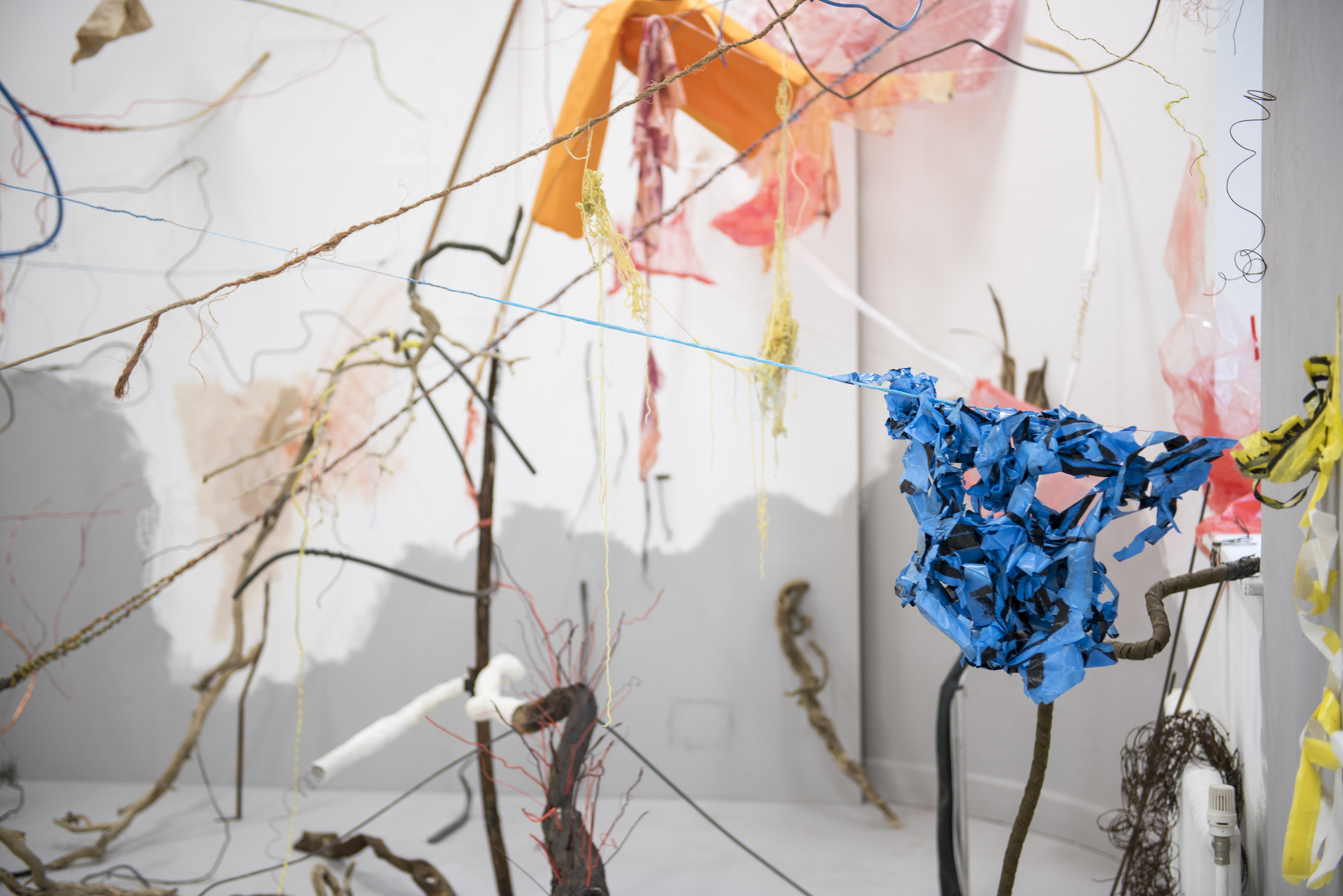
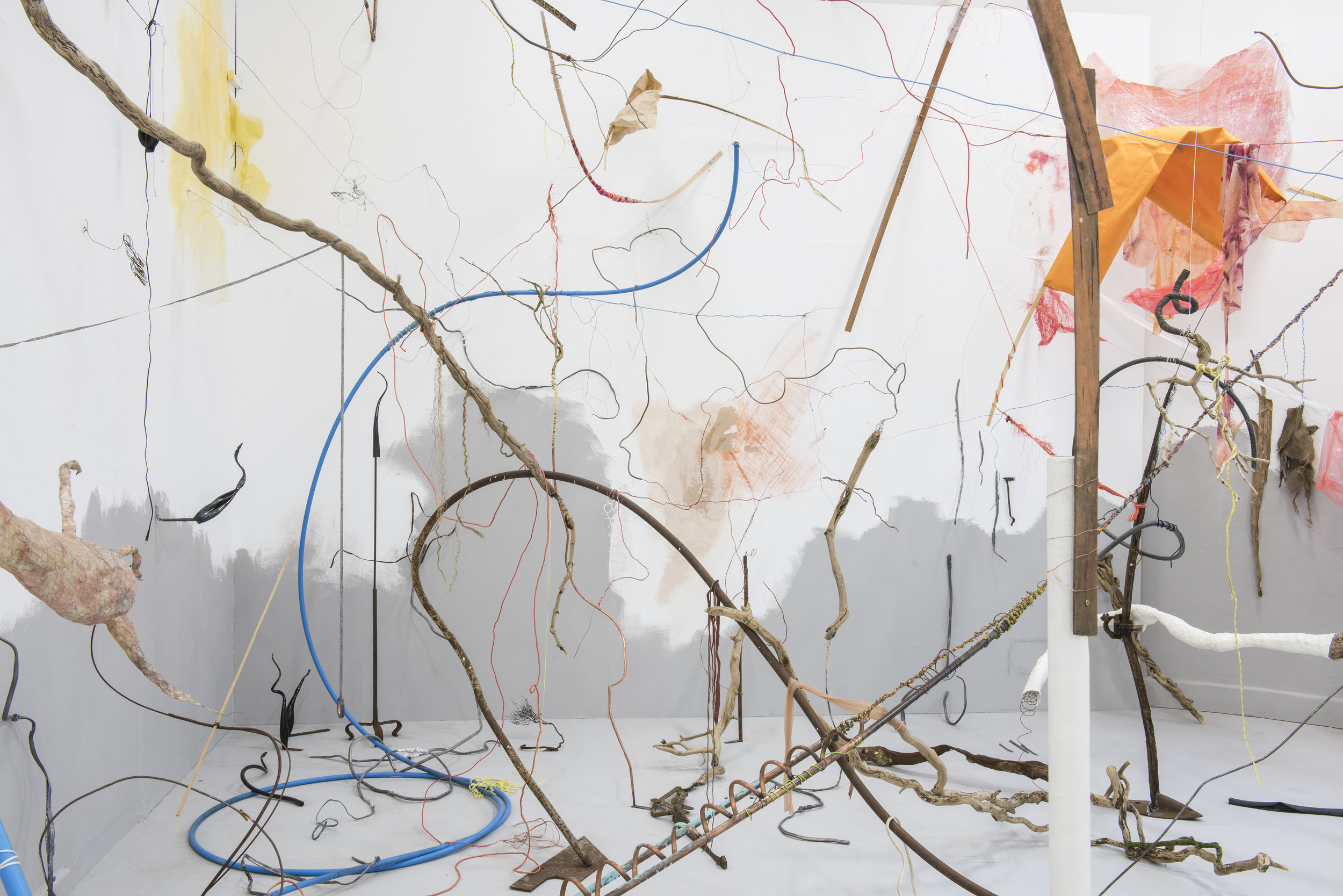
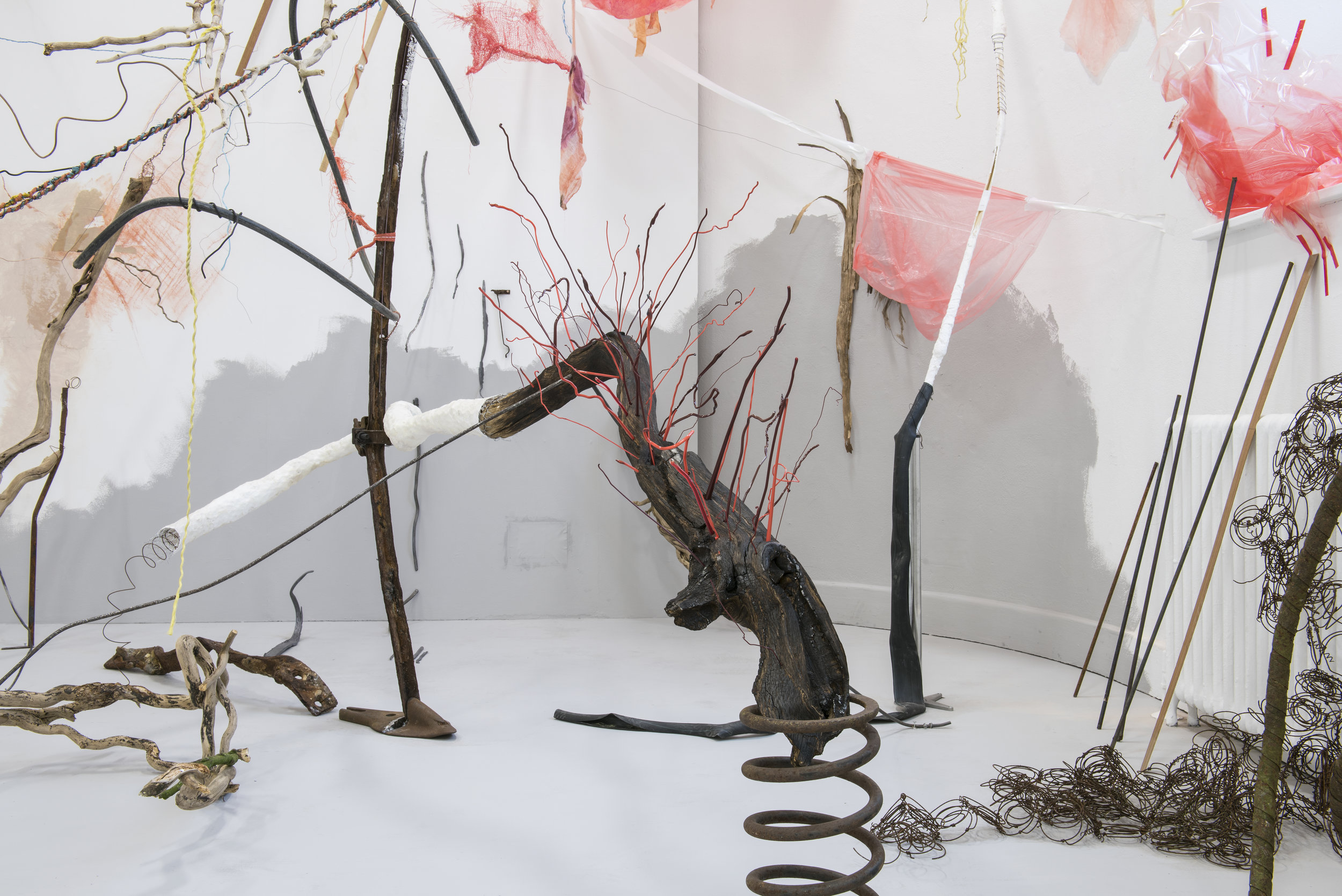


I have been installing several other exhibitions that run simultaneously this autumn in very different venues. I was invited to show a selection of my outdoor sculptural pieces in ‘Form and Fascination’ at Courts Garden National Trust alongside Ian Turnock’s work. Both inspired by structures in nature, our work is set in the beautiful gardens that feature water, intimate, formal and wild areas: Holt, Nr Bradford-on-Avon, Wiltshire, BA14 6RR, 9 September – 15 October (closed Wednesdays; last entry to garden 5pm).
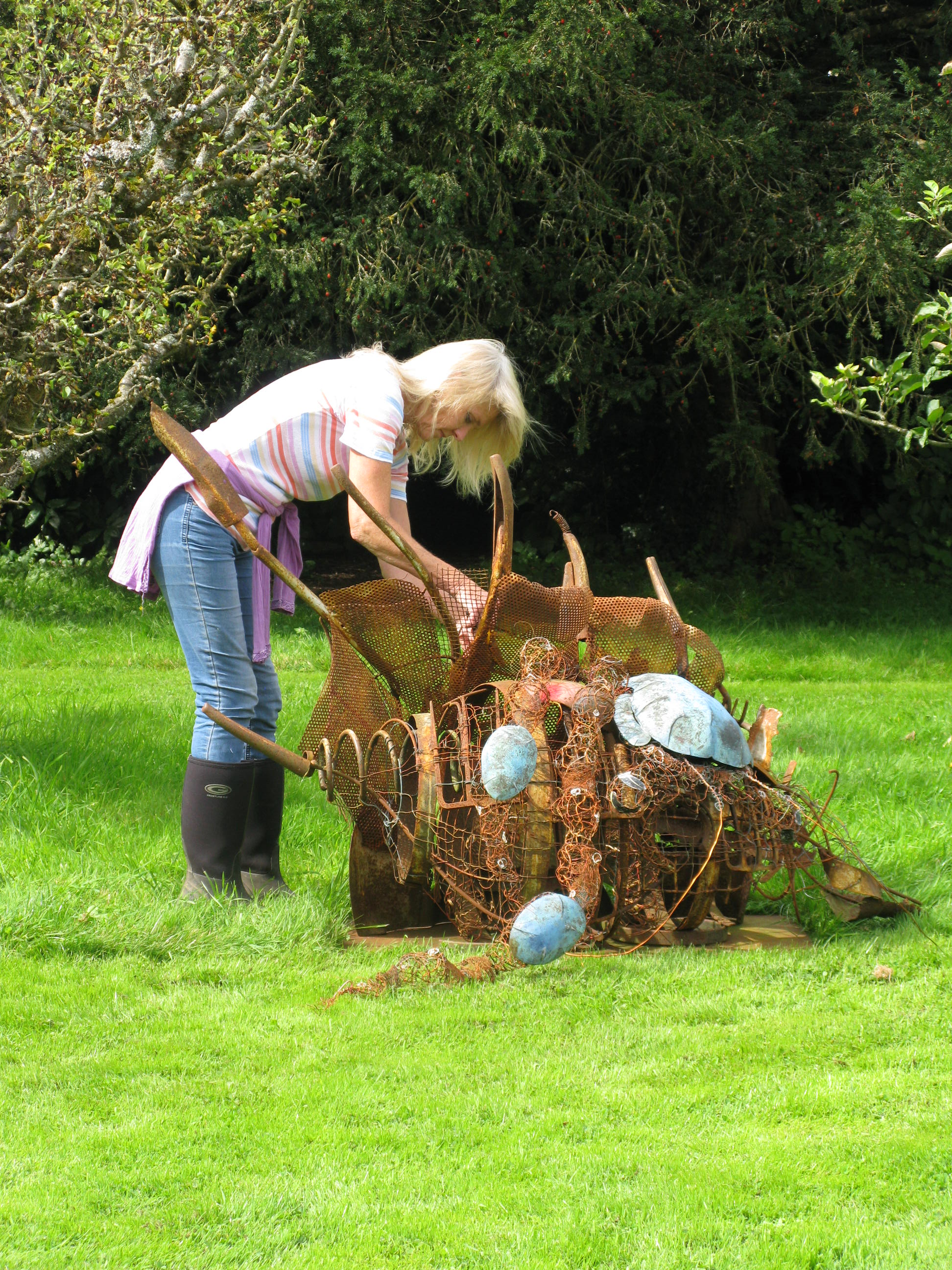



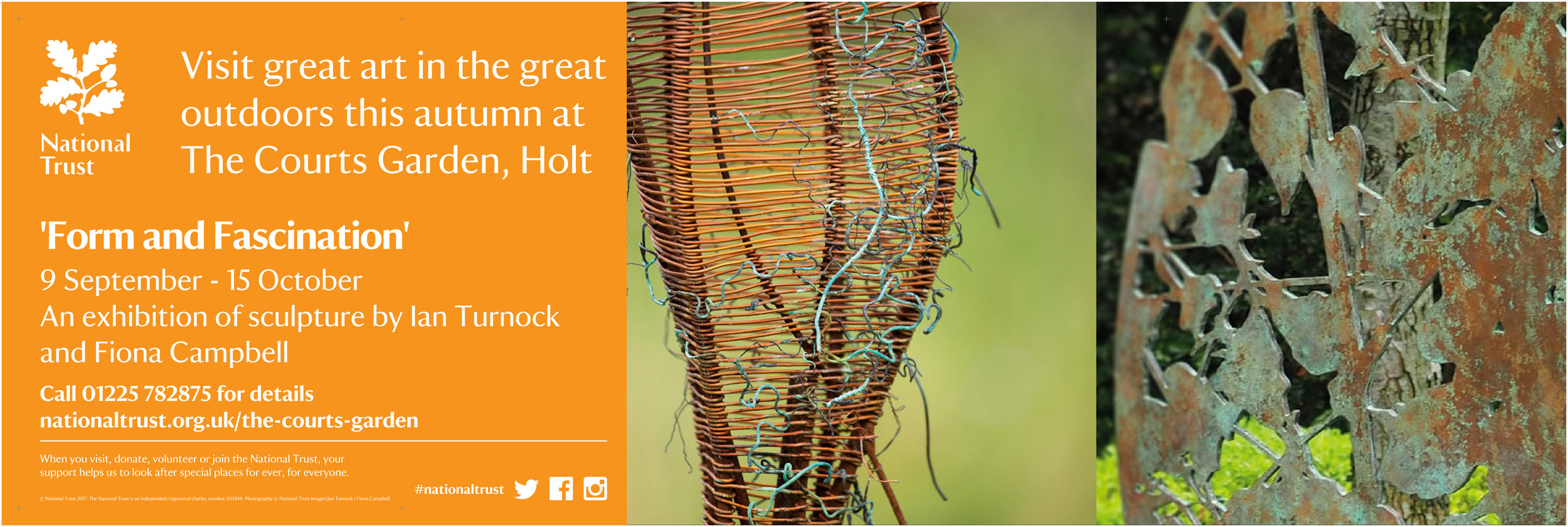
Somerset Art Weeks Festival is coming up soon, this year themed ‘Prospect’. I am showing with Angela Morley in 2 venues spanning East and West Somerset. We have transformed the Round Tower Gallery, both inside and out, for ‘Ephemeral and Eternal’ (Venue 3), Black Swan Arts, 2 Bridge St, Frome, Somerset BA11 1BB. Our exhibition has already started (a week earlier than SAW): 16 September – 7 October, 10am–4pm, Mon to Sat, (open Sun 1 Oct); Preview Fri 22 Sept 6-8pm. At Clayhill Arts, Clayhill Farm, Charlynch Lane, Bridgwater TA5 2PH our large outdoor sculptures will be on display in the landscape to launch their new centre, 23 September – 8 October, 11am-6pm, Wed-Sun.
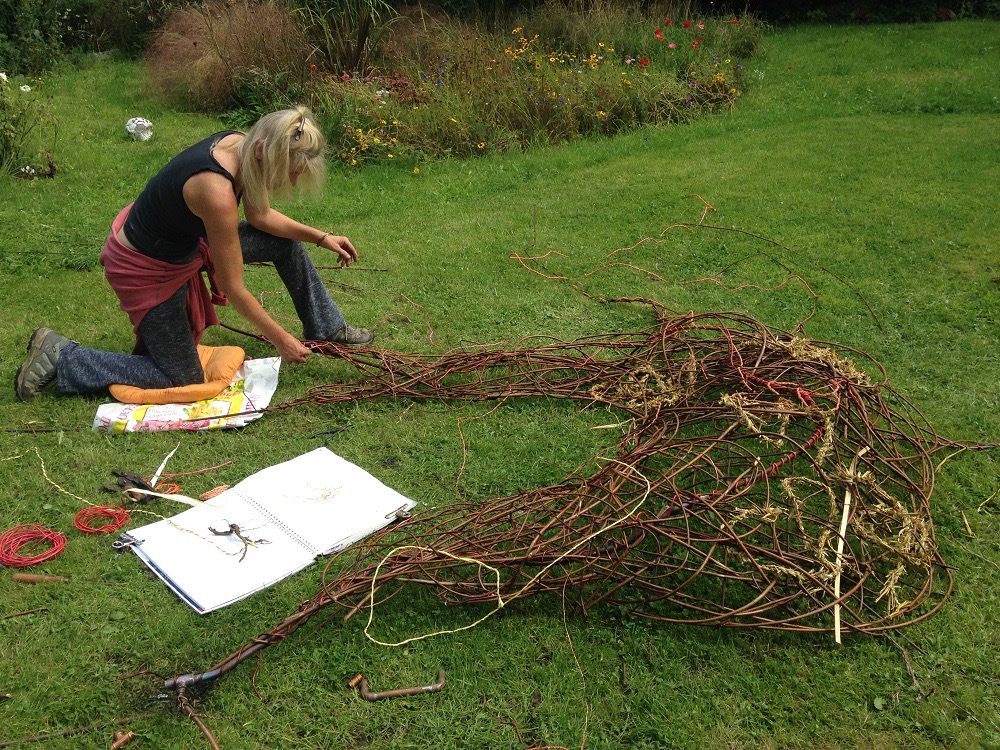
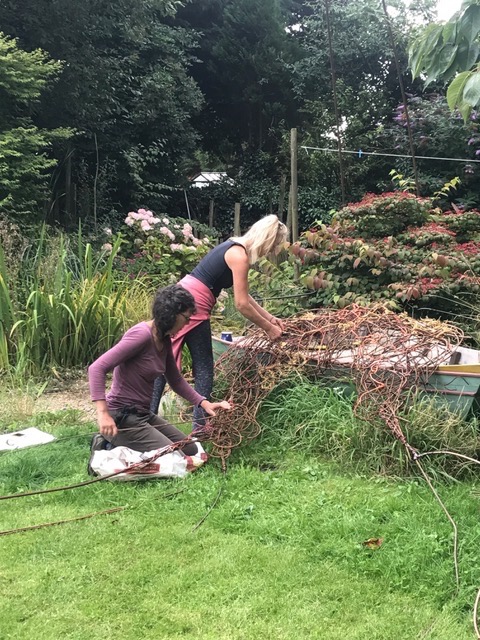


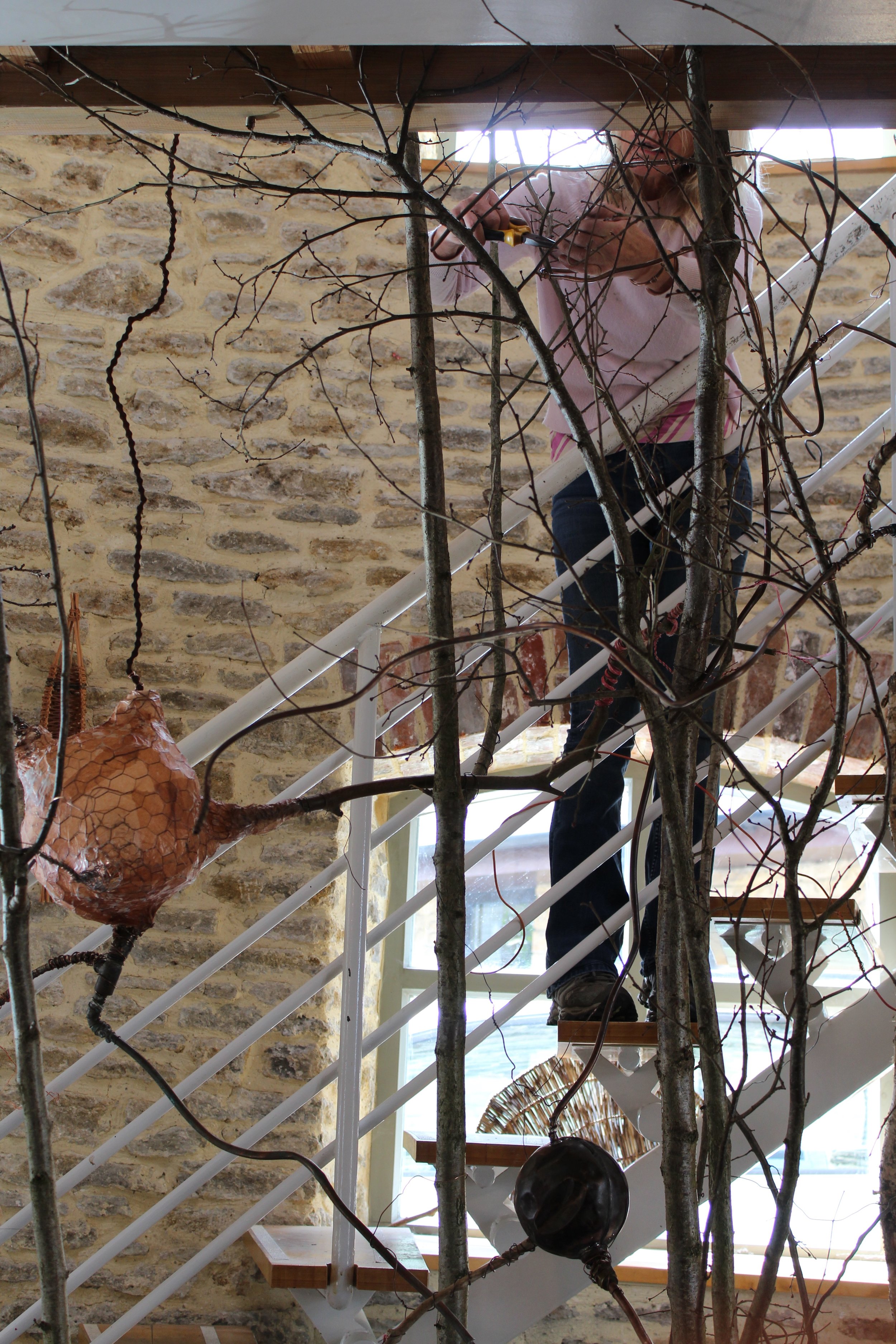
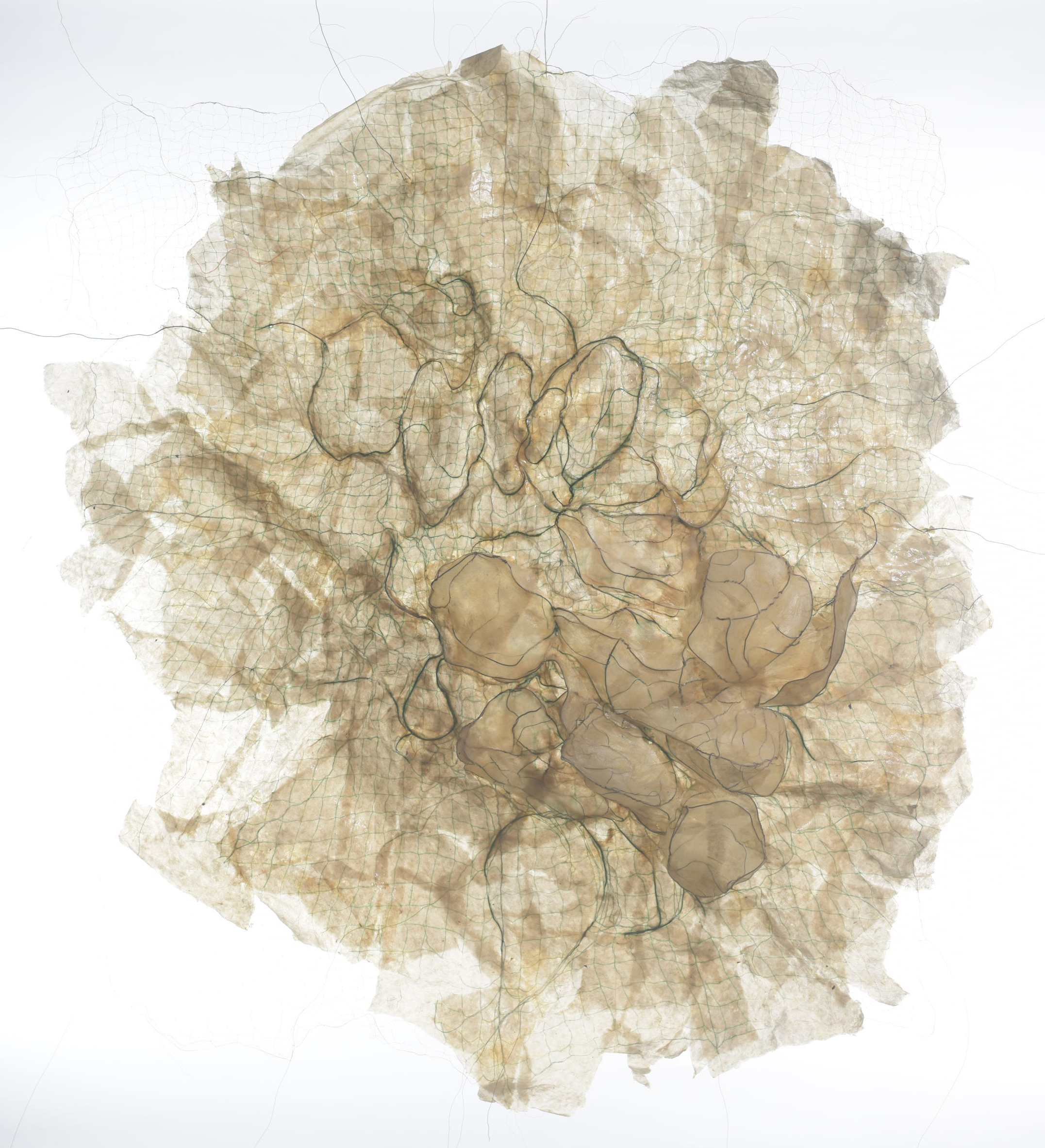

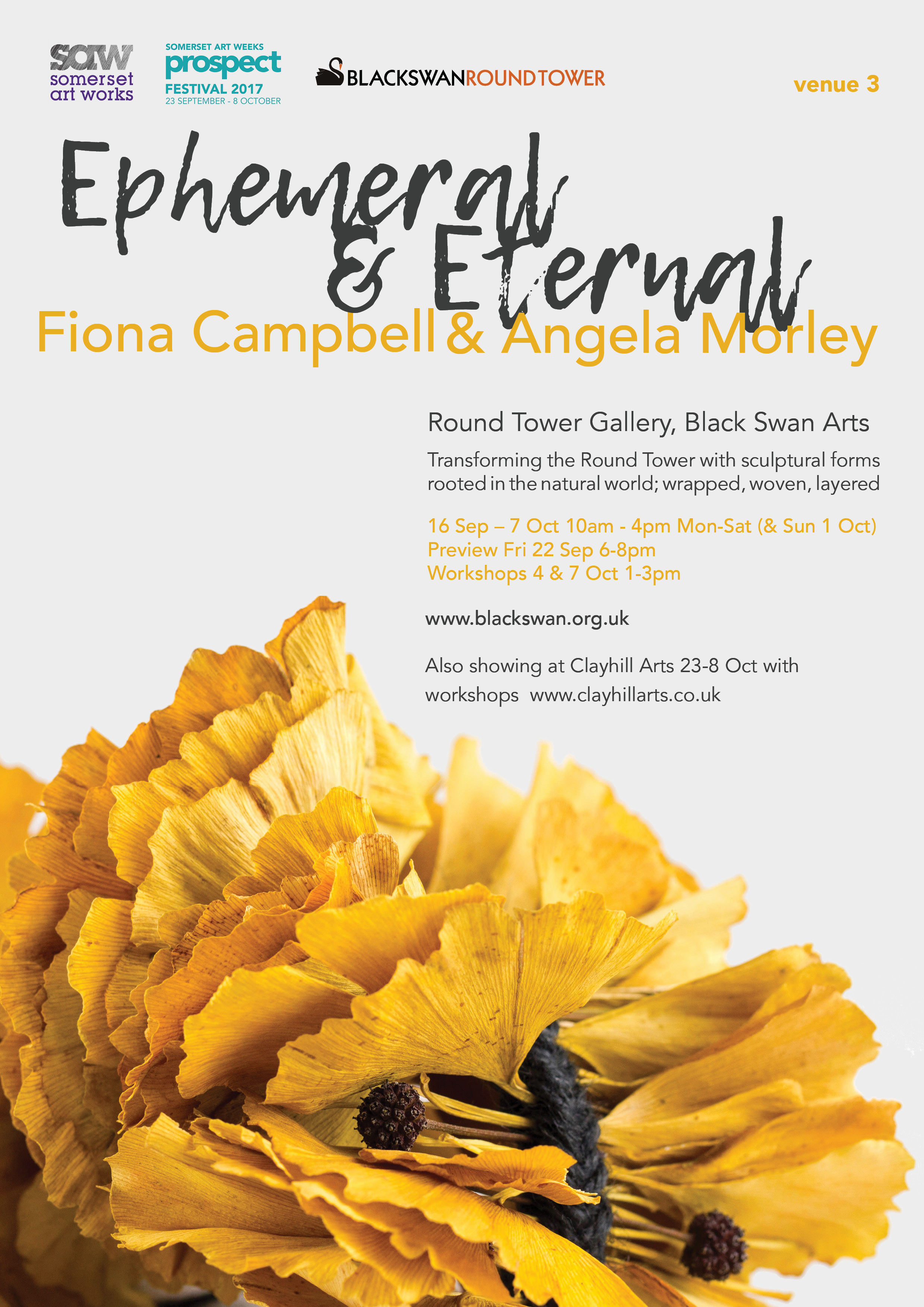
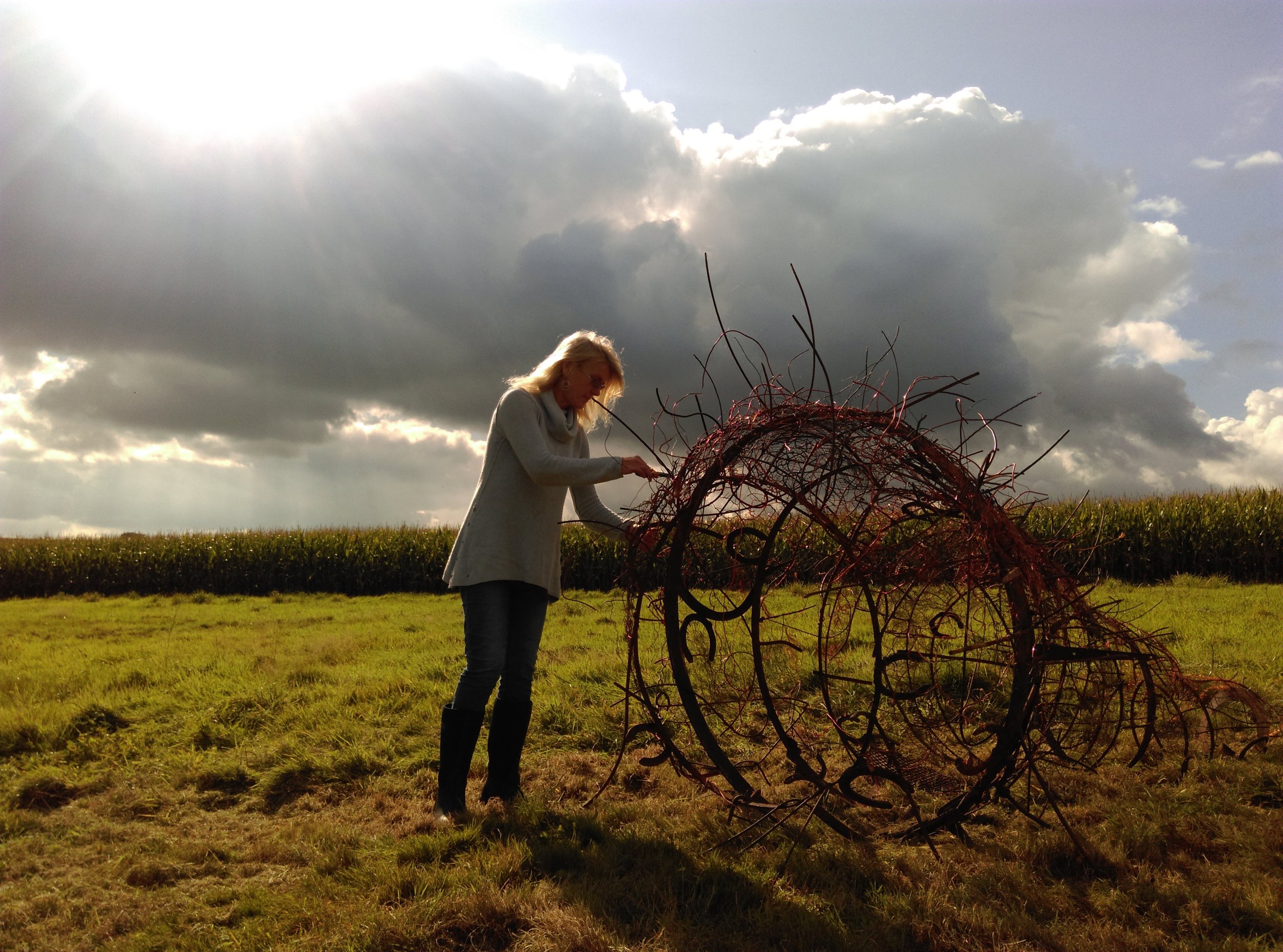
As part of Somerset Art Weeks we will be running workshops:
Black Swan Arts: ‘Organic Forms’: Wed 4 Oct, 1-3pm (Angela Morley); Sat 7 Oct, 10am-12noon or 1-3pm (me); book via www.eventbrite.co.uk
Clayhill Arts: ‘Organic Forms Found Materials’ Sun 8 Oct, half day or full day (me); or ‘Organic Forms Willow Weaving Sun 8 Oct, half day or full day (Angela Morley), or combination of each: book via www.eventbrite.co.uk
Summer Sculptures, Glastonbury Abbey grounds, Somerset, BA6 9EL, continues until 1 October (normal admission applies)
I hope you can visit some of these exhibitions!
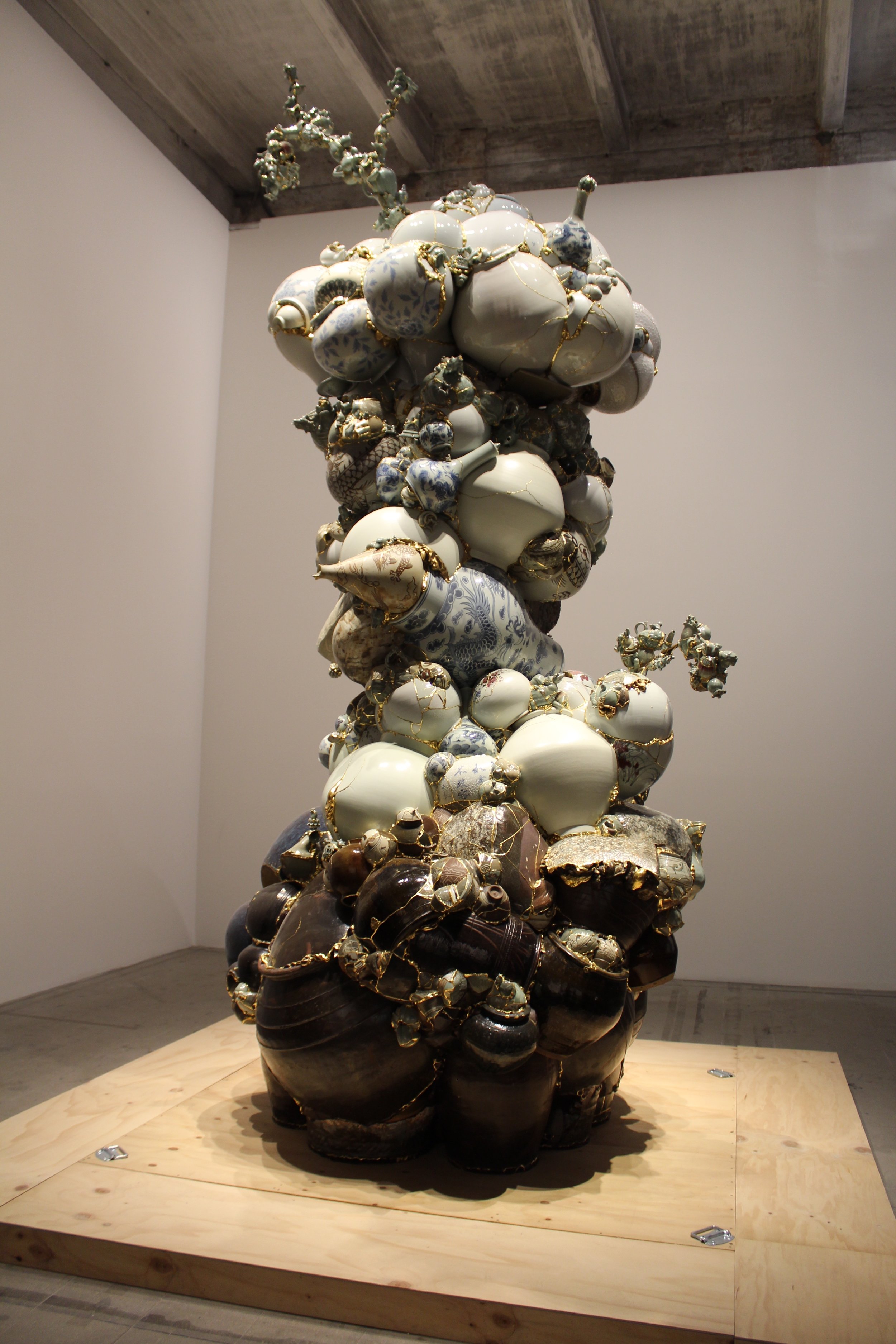
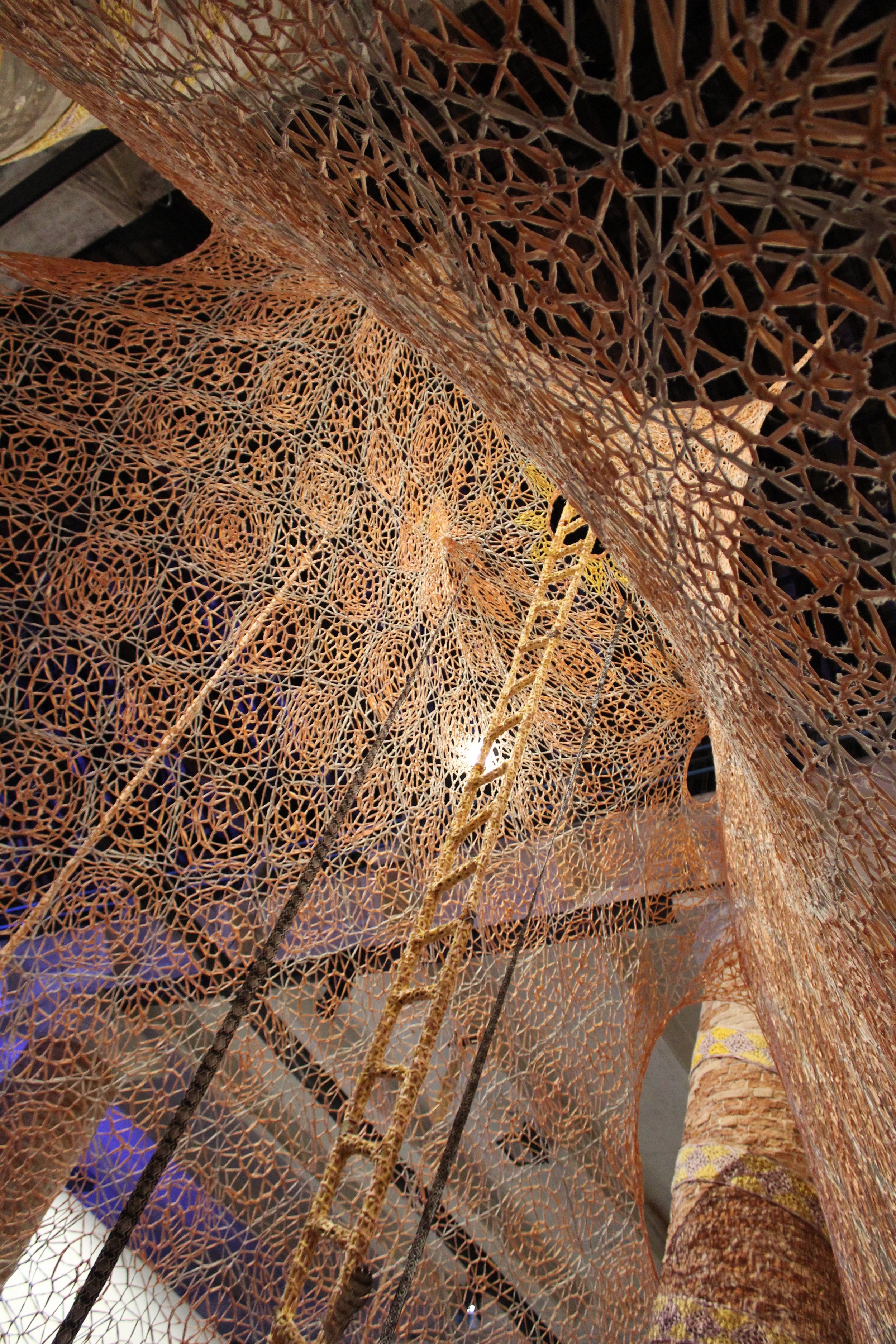
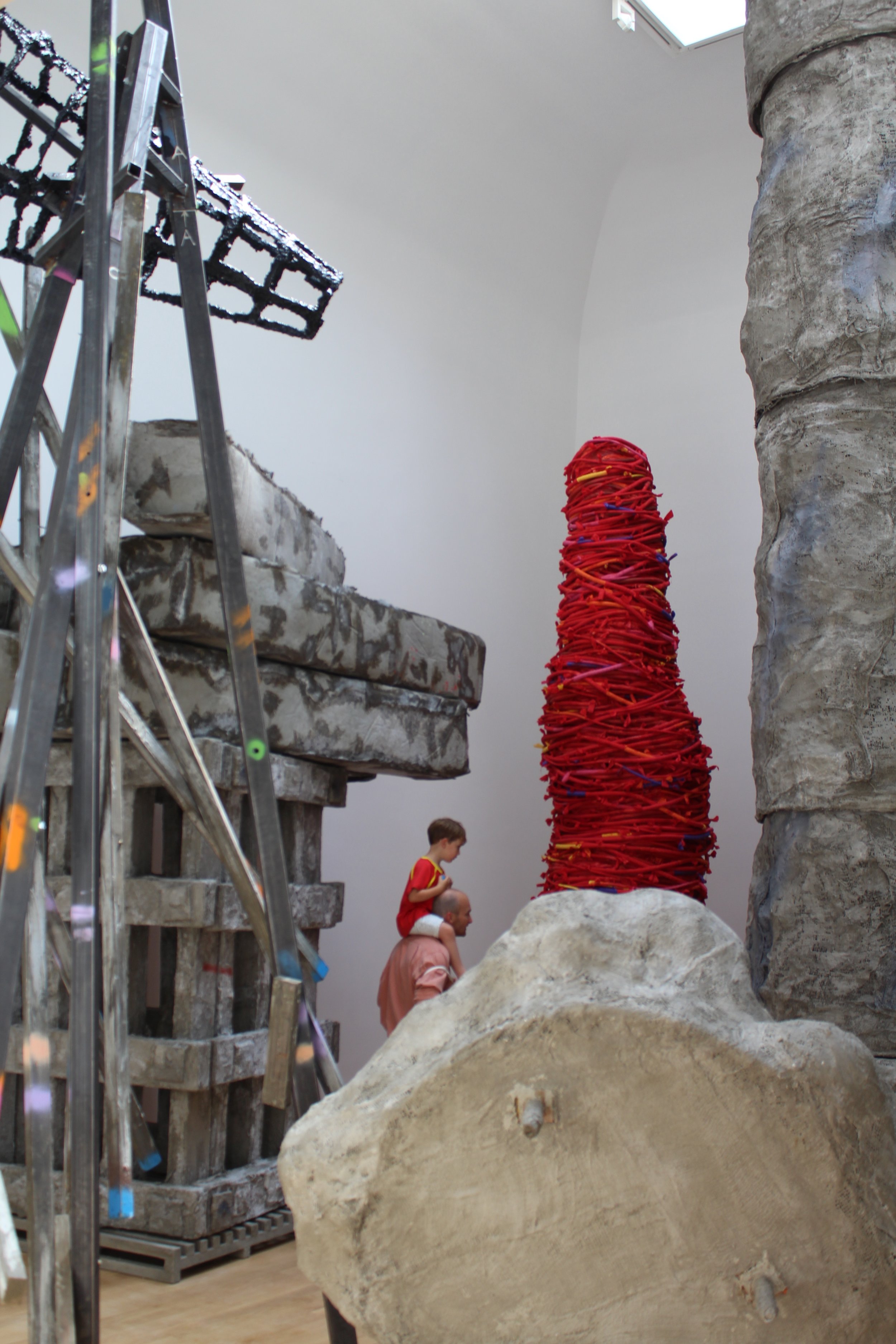
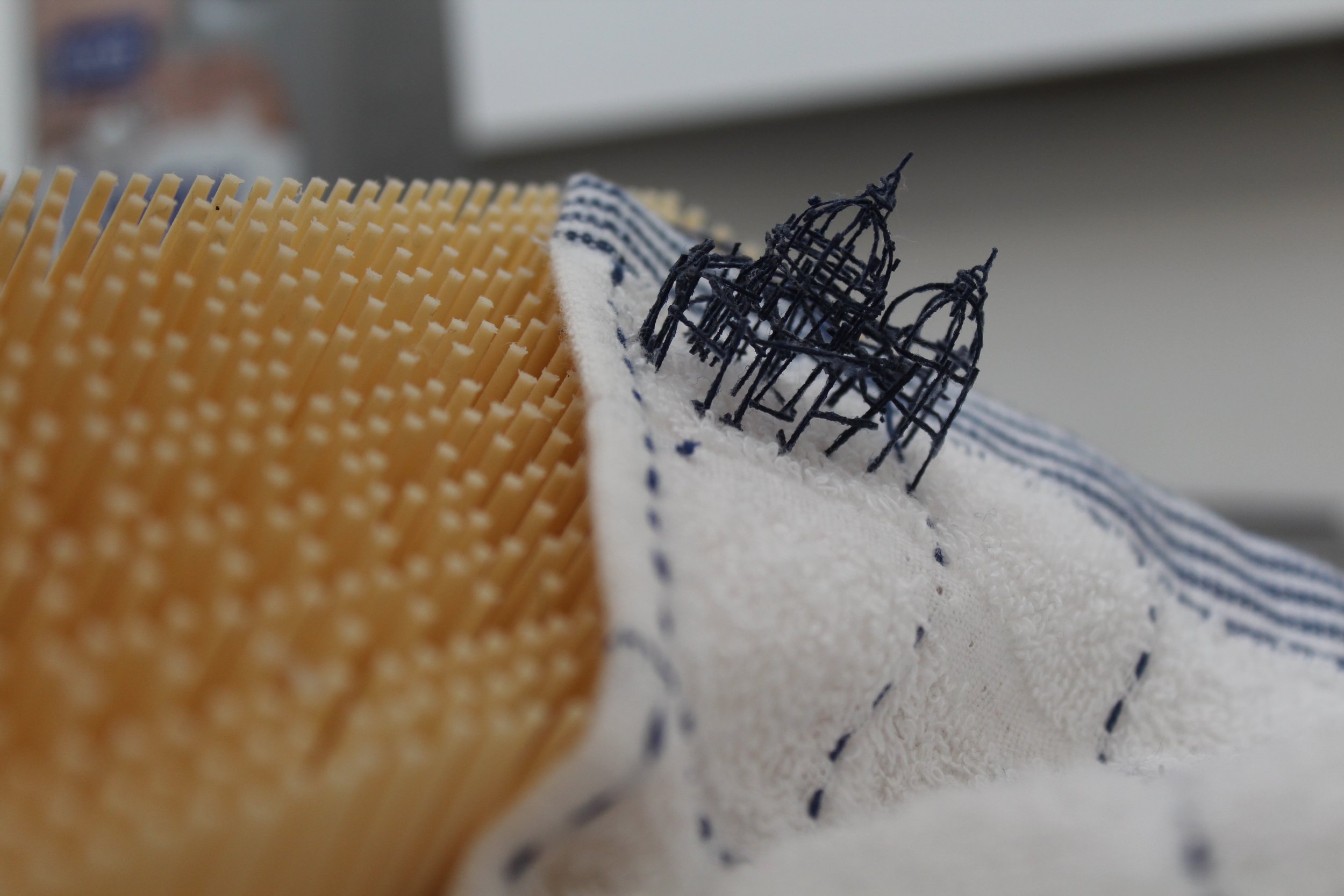


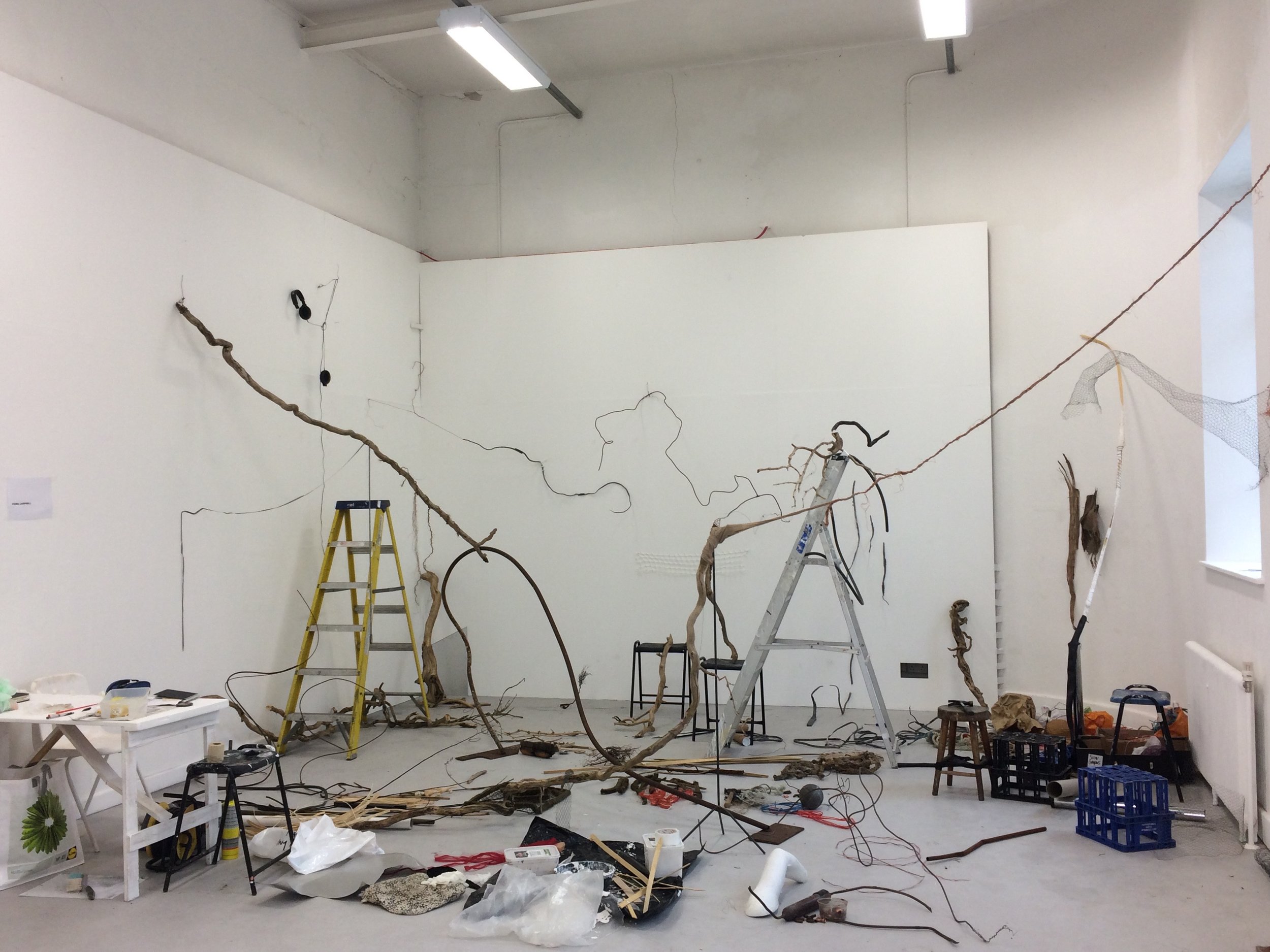
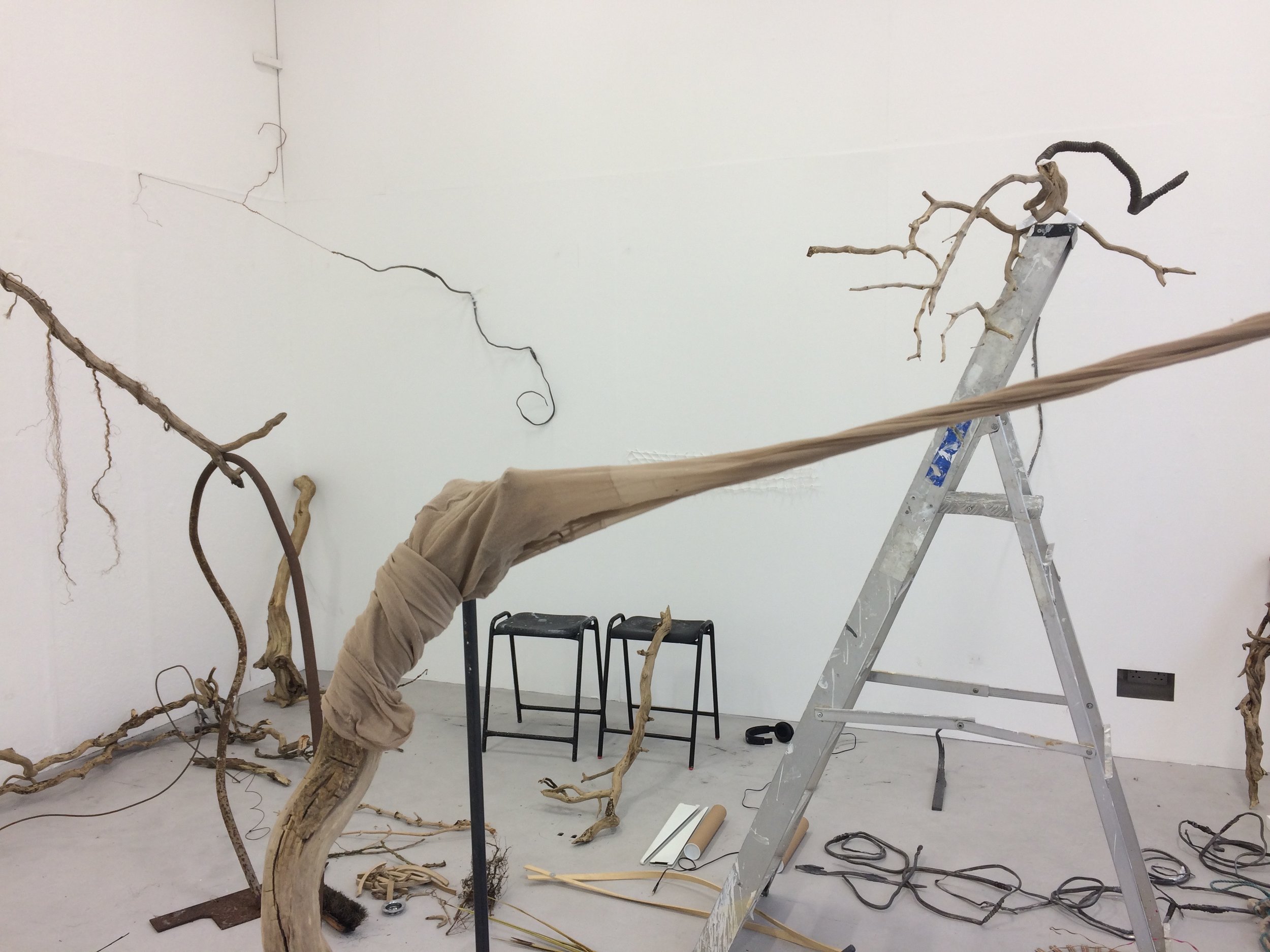
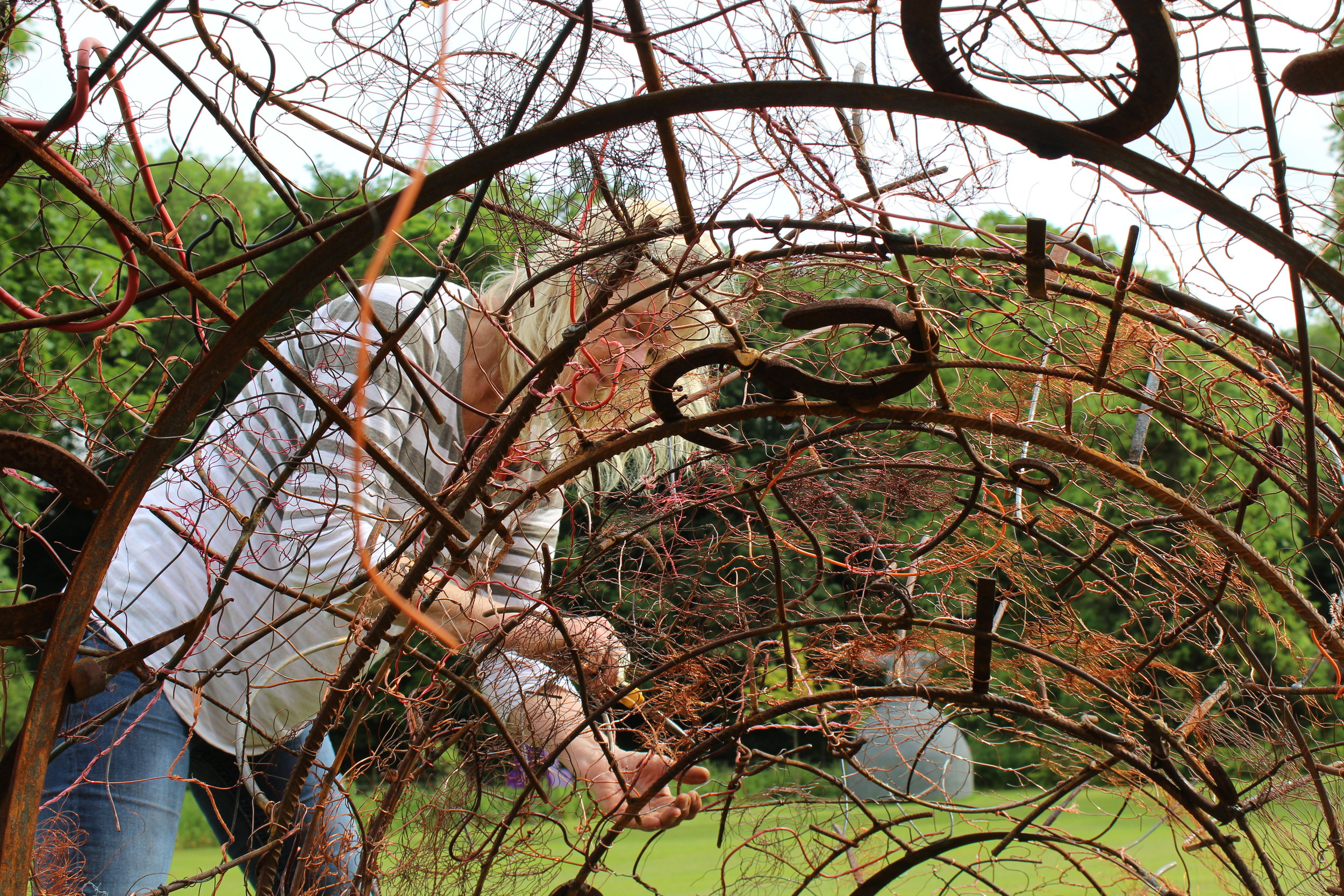
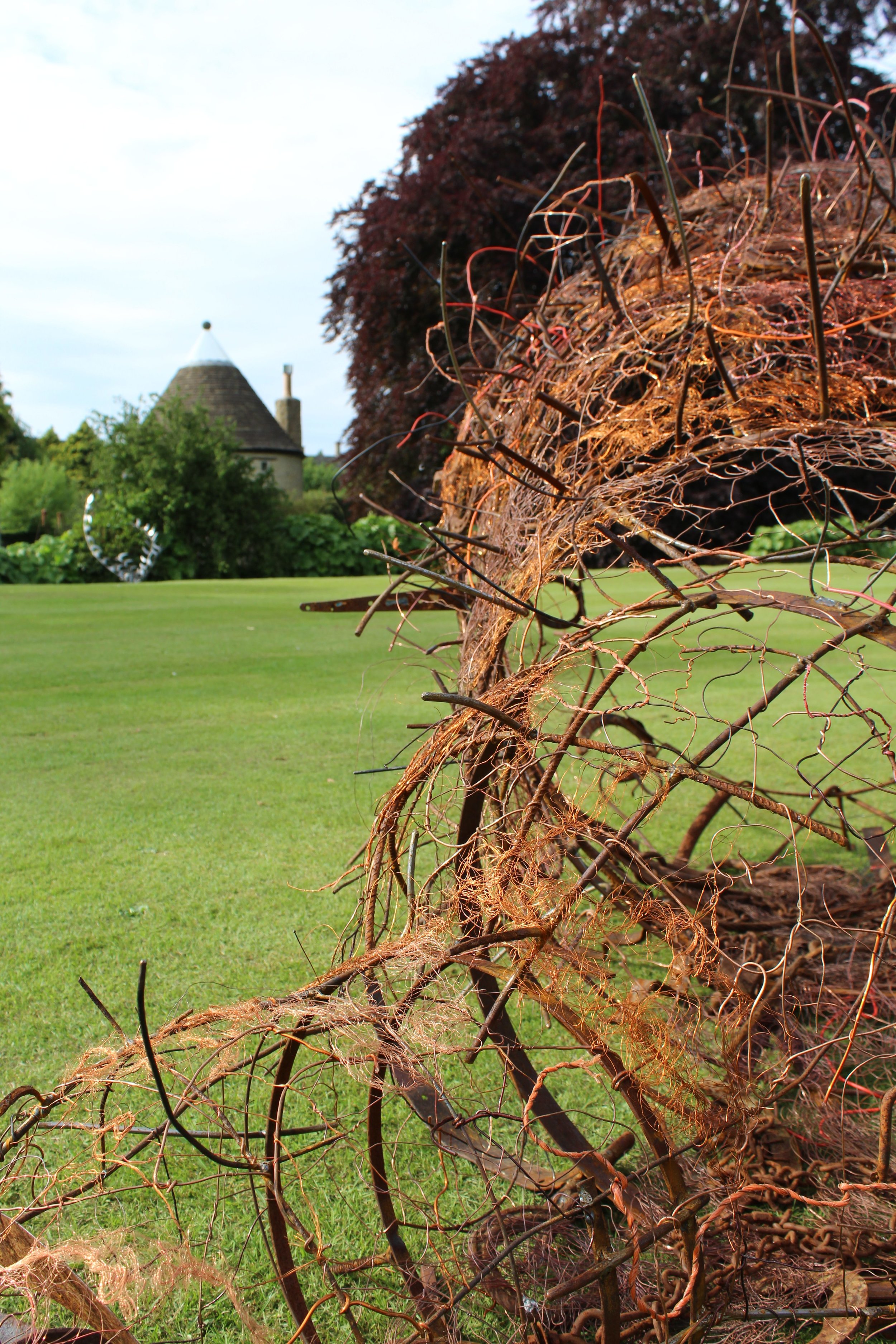
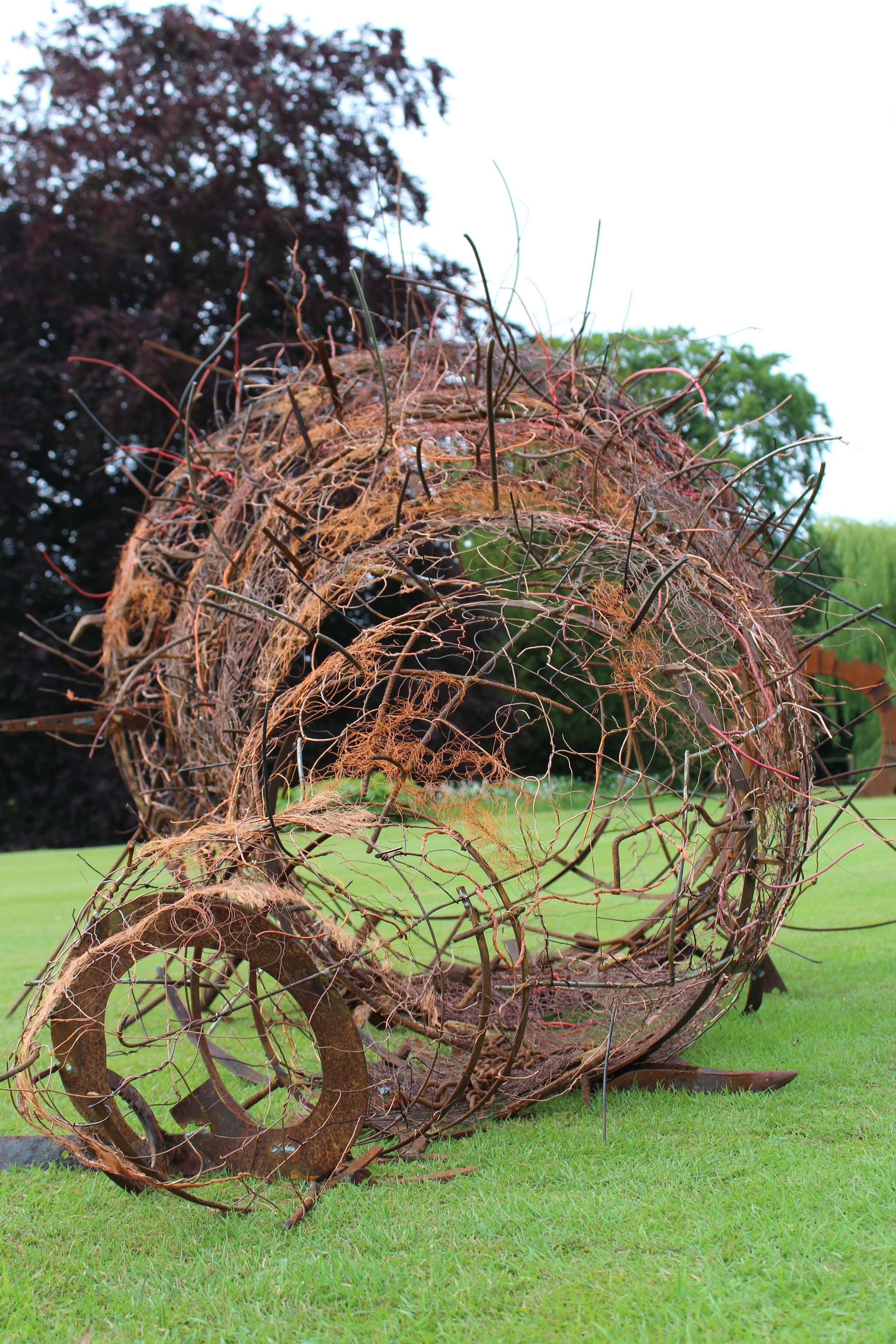
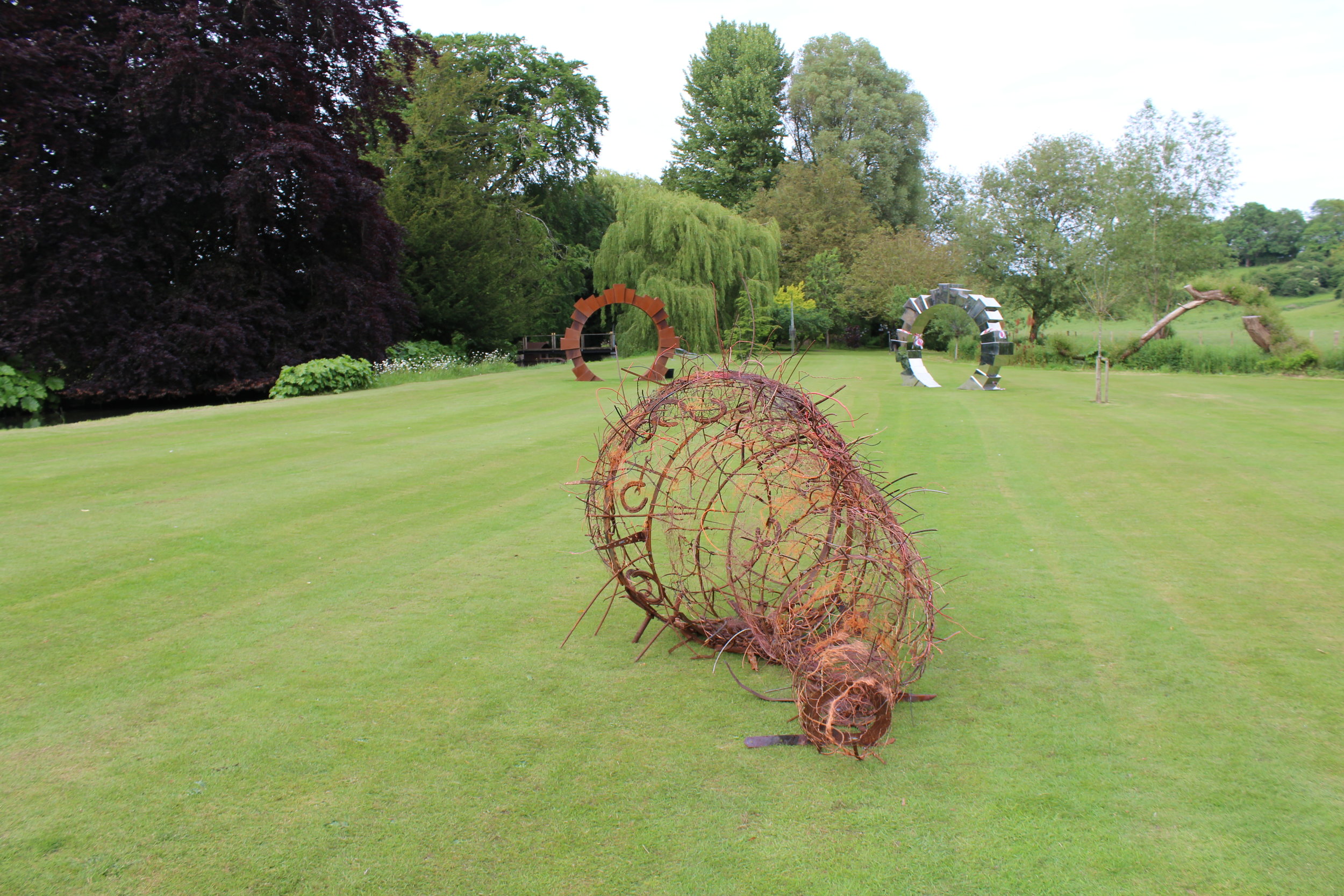 I completed a new piece 'Cocoon' last week for Fresh Air '17. Inspired by the puss moth cocoon and pupa, it is a drawing in space, welded, woven and wrapped. The exhibition starts this weekend and runs until 2 July.
I completed a new piece 'Cocoon' last week for Fresh Air '17. Inspired by the puss moth cocoon and pupa, it is a drawing in space, welded, woven and wrapped. The exhibition starts this weekend and runs until 2 July.